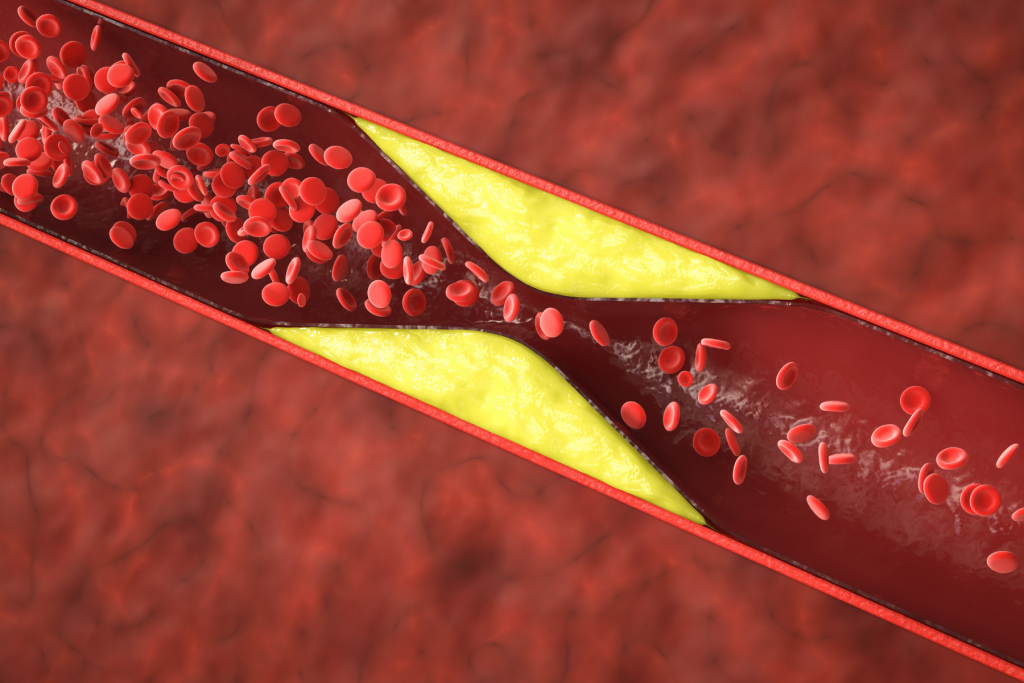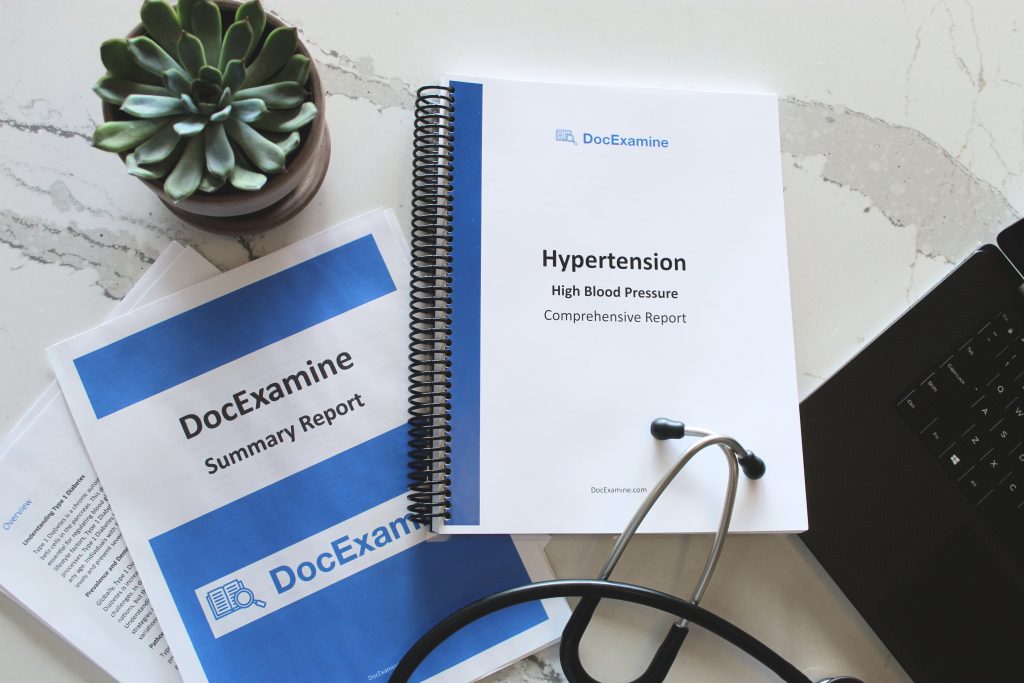
Did you know that coronary artery disease (CAD) is responsible for nearly one-third of all deaths worldwide? It’s hard to imagine that a condition so common often slips under the radar—until it strikes. In this blog post, we’ll explore the staggering global impact of CAD, break down its basic overview, and highlight why early detection is crucial for saving lives.
A Global Health Crisis You Might Not See Coming
Cardiovascular diseases remain the number one killer around the globe, and CAD tops that list. According to recent data, millions of lives are lost each year from heart-related complications, and CAD is a major driver behind these statistics. With an estimated 110 million people affected globally and CAD accounting for a significant portion of those 8.9 million deaths annually, it’s clear that this silent epidemic is a force to be reckoned with.

What is Coronary Artery Disease?
Coronary artery disease, often referred to as CAD or CHD (coronary heart disease), occurs when plaque—a mix of fat, cholesterol, and other substances—builds up in the walls of the coronary arteries. These arteries supply the heart muscle with oxygen-rich blood. Over time, this buildup narrows the arteries, reducing blood flow and setting the stage for conditions like angina (chest pain) and heart attacks.
Key Facts:
- Plaque Buildup: A slow and progressive accumulation that can begin in childhood.
- Restricted Blood Flow: The narrowing of arteries diminishes the supply of oxygen and nutrients to the heart.
- Often Asymptomatic: Many people don’t know they have CAD until a serious event, such as a heart attack, occurs.

Recognizing the Warning Signs
CAD is known as the “silent killer” because its early stages often come with little to no symptoms. However, some common warning signs include:
- Chest Pain (Angina): A pressure-like pain that may radiate to the arms, neck, or jaw.
- Shortness of Breath: Feeling unusually winded during routine activities.
- Fatigue: Persistent, unexplained tiredness that can signal reduced heart function.
- Dizziness or Lightheadedness: These symptoms may emerge during physical exertion.
Even if these symptoms seem mild or sporadic, they warrant attention. Recognizing these signs early can lead to timely intervention and better outcomes.
The Risk Factors: What Puts You at Risk?
Several risk factors can increase your chances of developing CAD. While some are beyond your control—like family history—many are modifiable:
- High Blood Pressure & High Cholesterol: These conditions accelerate plaque buildup.
- Smoking: Tobacco damages blood vessels and hastens atherosclerosis.
- Diabetes: Elevated blood sugar levels contribute to arterial damage.
- Obesity & Poor Diet: Unhealthy eating habits and excess weight lead to high cholesterol and high blood pressure.
- Family History: Genetics play a crucial role. If your parents suffered from heart disease, your risk is higher.
By understanding these risk factors, you can take proactive steps to protect your heart.

Why Early Detection Matters
One of the biggest challenges with CAD is its stealthy progression. Since many people don’t experience symptoms until the disease is advanced, early detection through regular check-ups, stress tests, or imaging studies is vital. Catching CAD early means you can modify your risk factors—through lifestyle changes or medications—potentially reversing or slowing the disease’s progression and, ultimately, saving lives.

Take Charge of Your Heart Health
Your heart is the engine of your body, and maintaining its health is paramount. Here’s how you can help safeguard yourself against CAD:
- Adopt a Heart-Healthy Diet: Focus on fruits, vegetables, whole grains, and lean proteins.
- Stay Physically Active: Aim for at least 150 minutes of moderate exercise per week.
- Quit Smoking: This is one of the most effective ways to reduce your risk.
- Regular Check-Ups: Early screening can catch CAD before it becomes life-threatening.
- Manage Stress: Mental and emotional health also play a key role in heart health.
Remember, even small lifestyle changes can make a big difference in preventing coronary artery disease.
Conclusion
Coronary artery disease is a silent but deadly epidemic that affects millions around the world. With its insidious onset and devastating outcomes, understanding the basic aspects of CAD—from its symptoms to its risk factors—is essential for early intervention and effective management. Don’t wait until it’s too late; take proactive steps today to ensure a healthier, longer life.
Read More
- Coronary Artery Disease: The Silent Epidemic Affecting Millions

- The Shocking Truth About Hidden Risk Factors: How to Spot CAD Before It Strikes

- Fatty Streaks to Fatal Events: How Plaque Formation Escalates into Heart Attacks

Sources
- World Health Organization. Cardiovascular Diseases Fact Sheet
- Mayo Clinic. Coronary Artery Disease: Symptoms and Causes
- American Heart Association. Coronary Artery Disease
- Centers for Disease Control and Prevention. Heart Disease Facts
Taking charge of your heart health starts with awareness. Stay informed, take action, and let your heart lead a healthy life!


